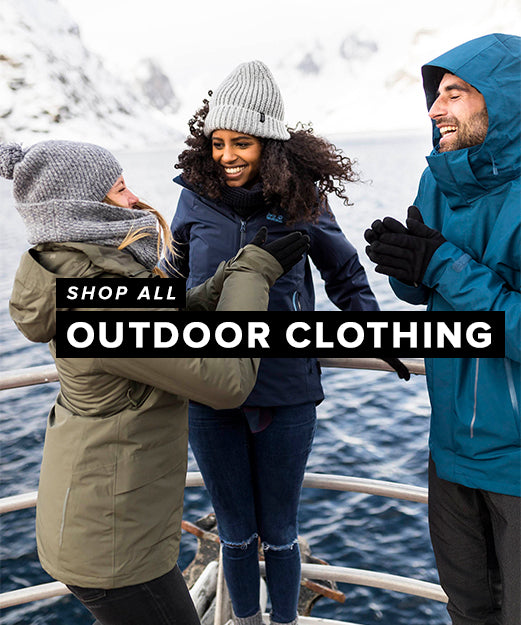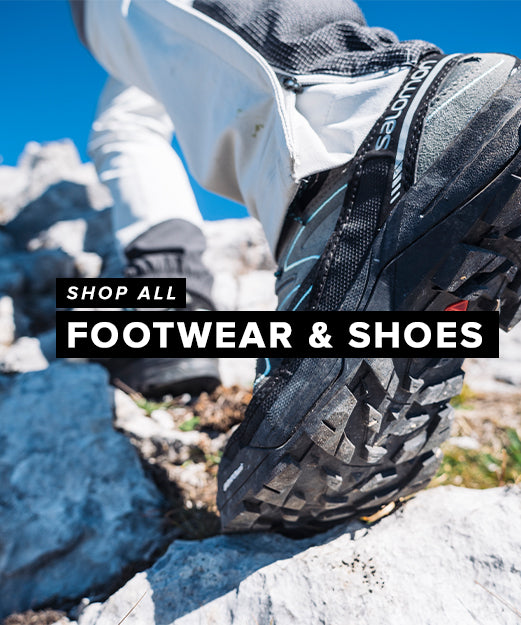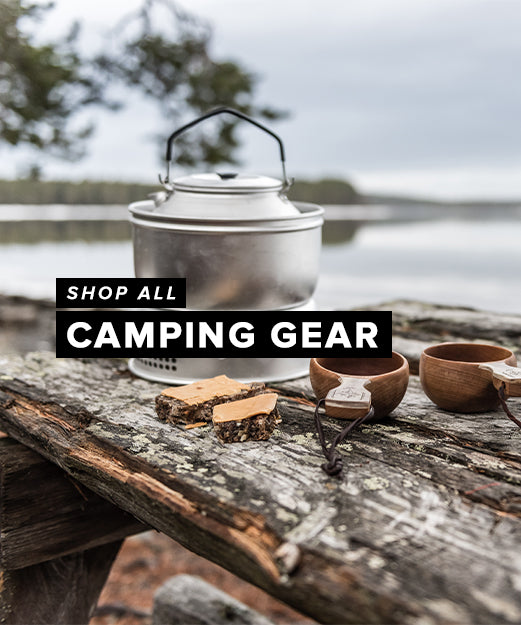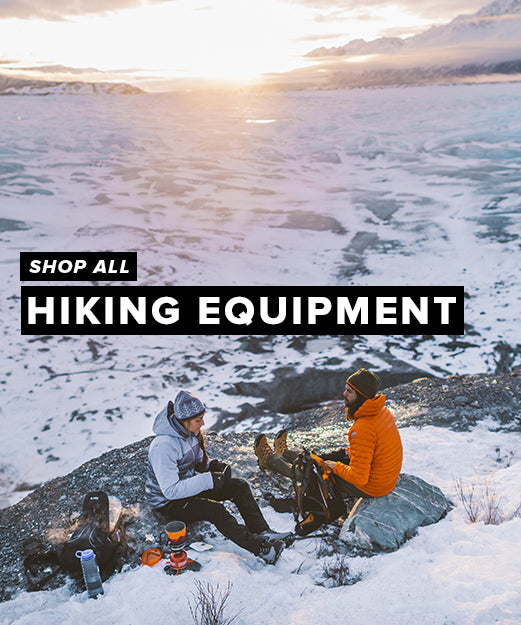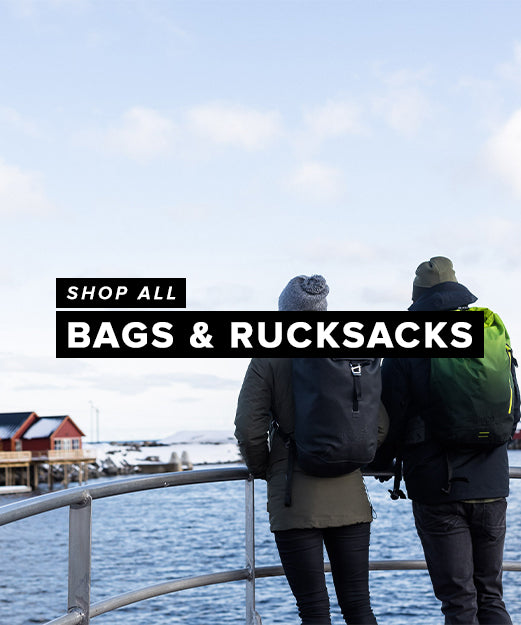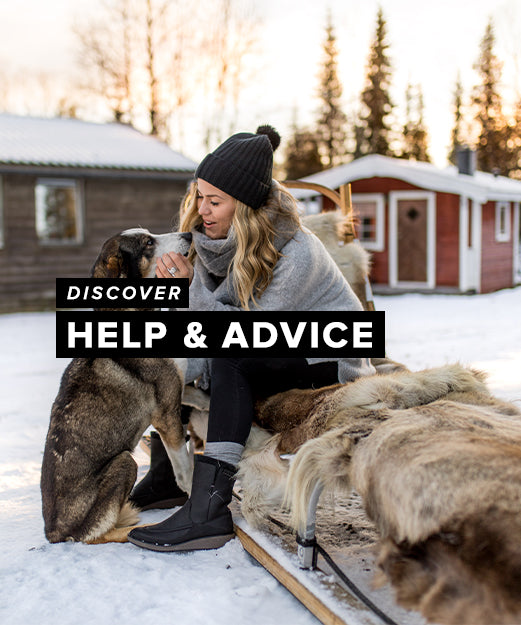The Ptarmigan is a hardy bird that lives in the mountains of Scotland. Shaped like a grouse, in the summer months their plumage is a blend of mottled browns and greys that cleverly matches the granite found in the Cairngorms. Come the winter months the camouflage theme continues as they turn pure white apart from a black outer tail and in the case of the males a thin black line from eye to bill.
The mountains themselves are undergoing their seasonal change of outerwear, losing the golden browns and pastel greens of autumn and cloaking themselves in the vibrant white of snow and ice. This is especially pronounced in Scotland where the snow reliably sits on the summits from November through until April and will often reach down to the valley floor in those months too.

The Lake District and Snowdonia will wear its cloak less predictably, some years the mountains will be topped in white for several months (like the winter of 2012/13) whilst others (like last year) we may only see a few days of snow enough for us to play in. The key then is to grab the opportunity when it arises.
For me winter is a special time of year, like the Ptarmigan I have a whole new wardrobe and I am making preparations now for the time ahead. The UK mountains are always special at any time of year but in winter they rival Alpine peaks for dazzling beauty and fun. My wardrobe extends beyond my outerwear (which for me is lime green and electric blue, preferring to take the opposite approach to the Ptarmigan who likes to blend in) to include some specialist toys; ice axes, crampons, skis, goggles, shovels, probes, transceivers…. a veritable toy shop of equipment that spends 6 months of the year gathering dust.
To the newcomer all of this extra equipment can seem daunting, the winter mountains can appear hostile, inaccessible and perhaps even dangerous. To a certain extent they are but with some knowledge the equipment can become tools, the risks can be managed and the gains enormous.

Key differences -
So what makes winter days out unique? When we talk about winter conditions in the mountains we mean those days where the mountains are cloaked in snow and ice and there is obvious difference number one. Snow.
Snow and ice.
The Sami language has 180 different words relating to ice and snow and mountaineers have a fair few too! To keep things simple I am going to refer only to soft snow and hard snow.
Soft snow on the mountains can be hard work to walk on or through. If we are sinking down to our ankles, knees or worse the effort required to make upwards progress is much greater than it would be in summer. We can deal with this by using snowshoes or skis to make travel more efficient but in the UK this is rarely essential. Both activities are usually engaged in their own right for fun rather than because they are the only way to be able to travel in the mountains. Living in a Maritime climate we tend to have great fluctuations in temperature which means the snow is constantly changing, if its too deep to walk in just wait a couple of days and it will often be completely different!
Hard snow brings its own unique challenges in the mountains. Snow is constantly changing from the moment it hits the ground and hard snow could be anything from ice to wind-packed snow with a wealth of different varieties in-between. Fresh snow can rapidly change from fluffy powder to something much harder as it gets transported by the wind or gets compressed by the feet of people ahead of us.
As the snow gets firmer under foot it makes for more rapid progress. This can be a good thing whilst walking along it but a bad thing if sliding uncontrollably downhill in a bundle of arms, legs and rucksack straps!
Crampons can be fitted to our boots to help us when the snow gets firmer or becomes icy underfoot. The downward pointing metal spikes engage in the snow as we weight each foot allowing traction, where before it was impossible. Our boots need to be stiff enough that the crampons don’t simply ping off, and hence we find winter specific boots with stiffer soles and more often than not some added insulation too for obvious reasons.
Ice axes allow us to prevent a slip when used as an extension of our hands or to cut steps into the harder snow. They also allow us to arrest a slip and stop it from becoming a rapid slide down the mountain.
Soft snow can rapidly turn into hard snow. People often get into mischief in descent on icy paths. It is always harder going down than it was heading up, the paths are more compressed and hence slippier, and there is a much greater chance of taking a slip and it progressing to a slide in descent.
All snow brings with it a risk of avalanche. In Scotland last winter there were 350 recorded avalanches and probably a great many more that were not recorded. If you plan to enjoy the mountains in winter you need to understand what causes avalanches and how to avoid them. This is a complex subject in itself and outside the scope of this article but you can read the daily avalanche forecasts throughout the winter on the SAIS website here: http://sais.gov.uk
Daylight
In winter the days are significantly shorter, in Fort William on the 21st December the sun sets at 15:41 and gives just 6 hours and 45 minutes of daylight having risen at 08:55. If we combine these short daylight hours with the extra effort required to travel on snowy mountains it becomes clear that we need shorter itineraries than we would in summer or we need to be a lot fitter and spend some of the day in the dark. I always prefer to start my day in the dark when I am fresh and keen rather than finish in the dark when I am tired and hungry. An early start with a good head torch will allow you to enjoy the sunrise, get a good mountain day under your belt and still be back before darkness falls.
I also spend the autumn months boosting my fitness in readiness for winter as I know it is more physical than the summer months and extra fitness will bring extra enjoyment and safety in the winter months.
Carry a good head torch in winter and some spare batteries. I always carry a smaller torch as a backup in case the main one gets lost or damaged. Plan your day to be back by nightfall, starting in the dark if necessary.
Navigation
Our navigation skills in winter need to be much sharper than they do in the summer months. We are frequently travelling in poor visibility, in a landscape where features are smothered by a blanket of snow, in harsh weather where we need to be more organised and in an environment where time efficiency is important.
Revise your key skills such as taking a bearing, counting paces, contour interpretation and relating map to ground and practice them before the winter arrives. Make allowances for the snow in your timings and learn how much it affects your pacing.

Its worth cutting your maps and laminating them so that they are pocket size and aren't flapping around in the wind. Make your navigation legs shorter than you would in summer and be aware of the additional hazards such as cornices and avalanche prone slopes when planning and following your route. Carry a spare map in case your main one blows away or gets so wet its unreadable, this can happen even to the laminated versions.
Be flexible in the planning stage to allow for the avalanche and weather forecasts and for the ability of everyone in your group - its easy to be too ambitious in winter. When planning your day have various options that will suit various weather and avalanche forecasts and then choose the one that best suits the conditions and forecasts that you get on the day.
Getting Cold & Wet
Its a fact of life that we will get cold and wet in the mountains, a fact that is true all year round but especially so in the winter months. Carry some extra clothing so that you can stay warm whilst still but just as importantly don’t wear it all when you leave the car. When you set off uphill do so in the minimum of layers, start off cold and that way you won’t end up a big sweaty mess by the time you reach the snow line or the summit. As you gain height and the temperature drops you can add more layers to maintain a happy equilibrium. A layering system similar to summer is best but with more layers.
Make sure you have good quality kit. Your outer layers will take a hammering in winter and you will need good quality waterproofs to keep you as dry as possible, both from the rain/snow and from the sweat your endeavours will generate. Avoid cotton base layers as they will retain moisture and you will be cold all day, invest in some nice thermals and they will be worth every penny.
Have lots of spare gloves, I normally carry 3-4 pairs every day in winter as they frequently get wet and occasionally destroyed or lost!
One of my favourite additions to my kit in winter is a pair of ski goggles, they allow me to still see when its windy and the snow is being blown around at mach 3 when otherwise the world would be white!

Self Reliance
"If in normal conditions it is skill, which counts, in extreme situations, it is the spirit, which saves." Walter Bonnatti
There is an ethic of self reliance in the mountains of the UK and in winter this may be borne of necessity since it can often be difficult for help to get to you if you need it. Bear this in mind when planning your day, making decisions on the mountain and preparing your equipment. Carry equipment with you that will allow you to deal with basic first aid scenarios such as a first aid kit, spare warm layers, a group shelter and a blizzard pack. Keep your mobile phone switched off and fully charged in case you need it, the battery performance often deteriorates in the cold so carry it close to your body in a waterproof case, I use the Ortlieb ones as you can still use the phone through the case.

All of the tips I gave in my incident avoidance blog post are equally relevant in winter and the post also covers how to summon help if you need it.
The Magic of Winter
All too soon the feathers of the Ptarmigan will be transforming from their brilliant white, back to the mottled greys and browns of their summer plumage and all too soon our mountains will be doing the same. Get out and enjoy them whilst they are at their most wild, their most uninhabitable and their most impressive and rewarding. The challenges will be great but the sheer pleasure, and excitement together with the sheer beauty and drama will make it all worthwhile.
"There have been joys too great to be described in words, and there have been griefs upon which I have not dared to dwell, and with these in mind I say, climb if you will, but remember that courage and strength are naught without prudence, and that a momentary negligence may destroy the happiness of a lifetime. Do nothing in haste, look well to each step, and from the beginning think what may be the end." Edward Whymper.
A Winter in the Mountains 2014 from Rob Johnson on Vimeo. NEW!! Free UK Delivery
NEW!! Free UK Delivery Hassle-Free Returns
Hassle-Free Returns Clearpay
Clearpay


